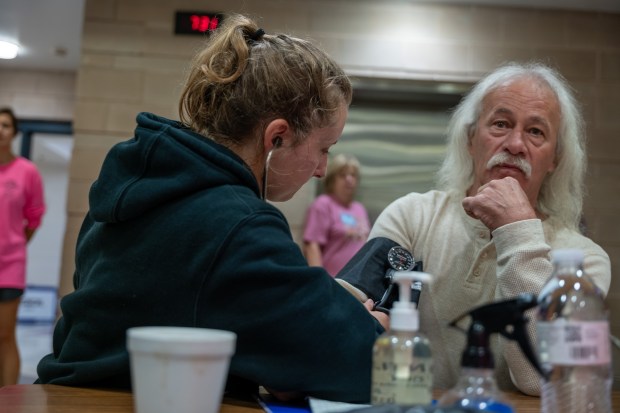The world’s most common killer rarely makes the headlines. Public discussion focuses much more on disasters such as plane crashes or climate change. However, a thousand times fewer people die in these cases.
The leading cause of death worldwide is cardiovascular disease, particularly heart attacks and strokes. This year, more than 18 million people worldwide will die from cardiovascular disease, accounting for one-third of all global deaths. In the United States, heart disease is the leading cause of death among men, women, and members of most racial and ethnic groups. Every 33 seconds, an American dies of cardiovascular disease.
This is a “lifestyle” problem caused by unhealthy diet, lack of exercise, and tobacco and alcohol consumption, leading to obesity and high blood pressure. Reducing the risk of heart attack worldwide is not just a public health issue, but an investment in personal responsibility, economic growth and national security.
Although chronic diseases such as cardiovascular disease now claim more lives than infectious diseases – even in developing countries – they receive very little financial support in the world’s poor countries. In low-income countries, almost 30 percent of health expenditure is financed from external sources, but only five percent of this funding goes to treating chronic diseases.
Through its development assistance and policy advice to developing countries, the United States could increase its spending on cardiovascular disease prevention.
By funding initiatives that educate the public about healthy lifestyles, encourage regular check-ups, and provide affordable health care options, people are empowered to take responsibility for their own well-being. This approach reduces the burden on the health care system and promotes a culture of self-reliance and responsibility.

From an economic perspective, it makes sense to invest in reducing the risk of heart attack. The cost of cardiovascular disease is expected to exceed $1 trillion in the United States alone by 2035. Heart disease and related conditions are among the leading causes of health care spending in the United States.
By proactively addressing risk factors such as obesity, high blood pressure and smoking through targeted interventions such as community health programs, research into innovative treatments and incentives for healthier lifestyles, we may be able to reduce long-term health care costs.
A healthier population means a more productive workforce, less absenteeism, and an increase in overall economic output. This economic strength is critical to maintaining America’s global competitiveness and resilience to external threats. In addition, a healthier population is less reliant on government assistance programs, preserving resources for important national priorities like defense and infrastructure.
High blood pressure is the single greatest risk of death worldwide, causing nearly 11 million deaths each year, or 19% of all deaths.
As the world’s population ages, it affects more and more people. The number of people with high blood pressure has doubled in the last 30 years – to around 1.3 billion people. Because there are no obvious symptoms, almost half are not even aware that high blood pressure is occurring and four out of five people are not treated appropriately.
This combination means that high blood pressure has enormous consequences and yet is surprisingly neglected.
The good news is that treating high blood pressure is incredibly cheap and effective – with one or more pills that are off patent and cost next to nothing. This works quite well in rich countries, but we should do this worldwide.
Community screenings for high blood pressure cost as little as $1 per person, and prescriptions for blood pressure medications often cost as little as $3 to $11 per year.
Peer-reviewed research shows that tackling high blood pressure in the poorer half of the world would cost $3.5 billion annually, but it could save nearly a million lives each year. In economic terms, every dollar spent would bring $16 in benefits to society, making this one of the most efficient policies ever.
Hypertension is the world’s leading killer, yet it receives little attention and even less funding. For just $3.5 billion a year, we could implement one of the best development solutions and save millions of lives. That would be good for U.S. development policy and great for the world.
Bjorn Lomborg is president of the Copenhagen Consensus and a visiting scholar at the Hoover Institution at Stanford University. He wrote this article for InsideSources.com.